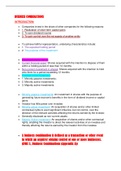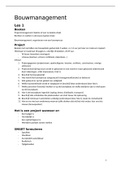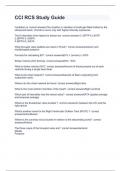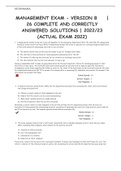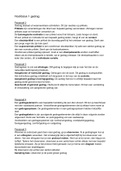Summary
Summary Group Statements
- Course
- Accounting (BAC200)
- Institution
- University Of Pretoria (UP)
This document summarizes Chapter 1 to Chapter 6 of the Introduction to consolidations textbook (Group statements). It highlights the main focus of what is necessary to know for tests and exams. There are also examples included to help with better understanding.
[Show more]
